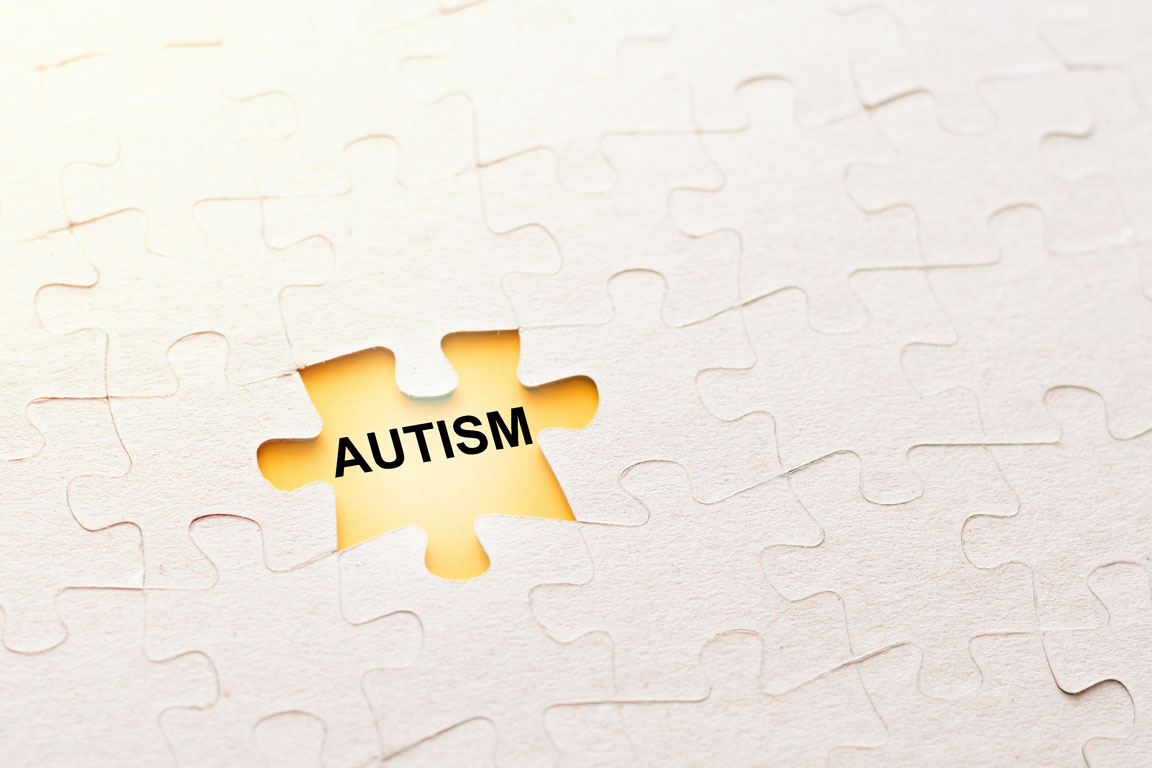April is Autism Awareness Month, sometimes called Autism Acceptance Month; however, I believe Autism Action Month seems the most appropriate. While raising awareness for those with autism is essential, taking action to ensure that autistic children, adults, and their families receive the support they deserve is paramount.
Autism Statistics in the US
About 1 in 44 children has been identified with autism spectrum disorder (ASD) according to estimates from CDC’s Autism and Developmental Disabilities Monitoring (ADDM) Network.
–CDC
In the state of New Jersey, 1 in 35 children have autism.
What is Autism Spectrum Disorder?
Autism Spectrum Disorder (ASD) or autism is a neurobiological disorder characterized by impairments in social communication and interaction as well as restricted and repetitive patterns of behavior. Individuals with autism have difficulty interacting with others: building relationships, using language, regulating their emotions, and understanding others’ points of view.
Social Communication/Interaction Deficits May Include:
- Understanding spoken language
- Reaching out to interact or share information
- Echolalia (repeating words or phrases)
- Conversation
- Understanding nonverbal cues (body language, facial expressions, etc.)
- Unusual tone, pitch, and inflection
- Pretend play
Restricted/Repetitive Patterns of Behavior May Include:
- Intense focus on a certain item, activity, or topic
- Unusual play activities (repeatedly spinning a toy’s wheels instead of driving it)
- Insistence on following specific routines
- Difficulty adapting to change
- Rocking, pacing, flicking fingers, waving arms, or other repeated movements
What does “on the spectrum” mean?
The term spectrum highlights how the specific social and behavioral challenges vary for each individual–and sometimes across each person’s lifetime.
Some have challenges that significantly impair their daily activities and require constant supervision to stay safe; others have few noticeable impairments.
While individuals with other special needs often learn and behave at levels consistent with their IQ, those affected by autism may exhibit many highs and lows in their abilities. For example, they may have a remarkable memory but be unable to ask for help. Thorough assessments are very important to pinpoint each person’s specific strengths and support needs.
What Are Some Associated Features of Autism?
- Intellectual disability (30%)
- Seizure disorders
- Gastrointestinal problems
- Unusual responses to sensory input
- Poor awareness of basic dangers (including wandering and self-injury)
- Eating, sleeping, and toileting difficulties

